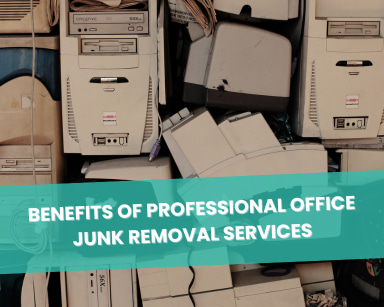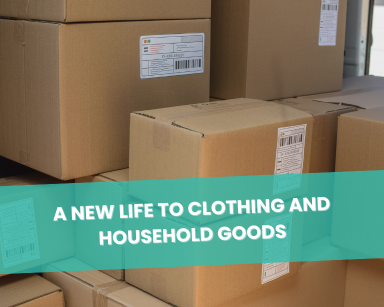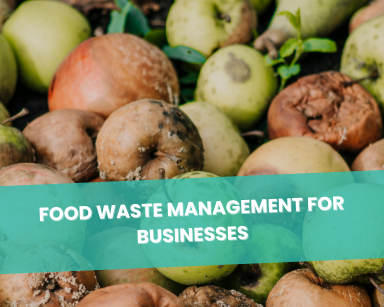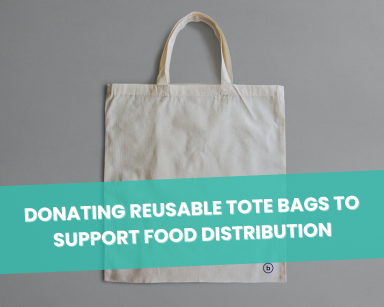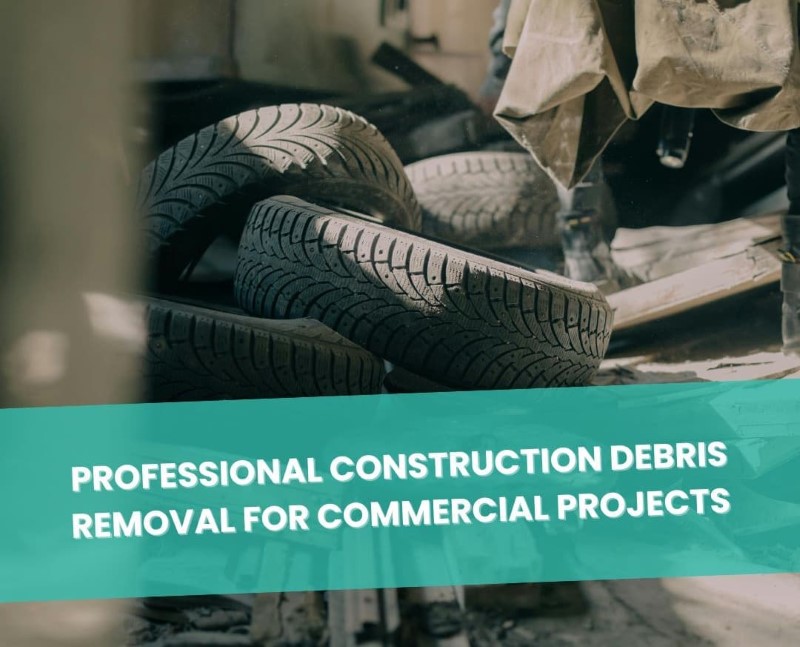Sell Overstock Inventory Quickly & Effectively
Table of Contents
How To Sell Overstock Inventory?
In today’s dynamic business environment, the challenge to sell overstock inventory looms large, often hindering operational efficiency and profitability. Overstock, a result of overproduction or miscalculated purchasing trends, isn’t just a financial roadblock, it represents missed opportunities in terms of capital, storage space, and potential waste. But what if we viewed this overstock not as a burden but as an untapped reservoir of potential?
Understanding the Overstock Problem
Overstock inventory can be a thorn in the side of businesses, regardless of their size or industry. Overstock is the result of purchasing or manufacturing more items than needed or are able to sell. This can result in:
- Tied-up capital: Funds invested in excess stock could have been used for other business needs.
- Wasted space: Overstock things take up a valuable warehouse or retail space that could be better utilized.
- Risk of obsolescence: Unsold items or items may become outdated or spoil, rendering them unsellable.
For instance, in 2016, clothing giant H&M was reported to have $4.3 billion worth of unsold inventory, resulting in significant markdowns and waste. This demonstrates the need for an efficient solution to manage extra merchandise, an issue prevalent across industries.
Quantifying the Overstock Issue: A Deep Dive into Statistics
From the e-commerce giants to local retail stores, selling overstock inventory is an industry-wide concern. Here are some interesting stats that illuminate the magnitude of the problem:
- The National Retail Federation estimates the retail sector alone has a staggering $1.43 trillion tied up in inventory.
- According to IHL Group, overstocks account for nearly 32% of total retail inventory distortion, amounting to approximately $472.5 billion in lost sales.
Liquidation as a Solution to Overstock
Liquidation can be a lifeline for businesses grappling with overstock. By opting to sell excess inventory at discounted prices, businesses can:
- Free up space: When businesses sell any overstocked item, they reduce the amount of warehouse or retail space required.
- Recoup costs: While not sold at full price, the discounted sales still bring in some revenue.
- Avoid waste: Instead of discarding unsold merchandise, it finds a place in the market as one can sell it, reducing environmental waste.
Let’s look at the example of Best Buy. In 2018, they were able to successfully reduce their extra items by partnering with a liquidation company, which helped them sell excess items through various channels.
The Evolution of Liquidation: Technology at the Forefront
Technology has revamped the traditional liquidation process, making it more efficient and profitable:
- Online auctions: Businesses can sell their overstocked items to a broader audience, ensuring a higher probability of sale and potentially better prices.
- Inventory management software: Using AI and machine learning, these tools can help predict sell overstock inventory and automate the liquidation process.
By embracing technology, companies can streamline the liquidation process, mitigate overstock, and increase revenue.
The Range of Items Eligible for Liquidation
A wide variety of items can be liquidated, including but not limited to:
- Clothing
- Household item
- Office Supplies
- Electronics
- Kitchen utensils
- Furniture
Liquidating such a broad range of merchandise not only allows businesses to regain some of their investment but also provides consumers with access to discounted goods. A study by the National Retail Federation found that nearly 75% of adults consider second-hand goods a good alternative to buying new, which underscores the potential market for liquidated items.
Beneficial Reuse: The Premier Solution for Modern Enterprises
In today’s business landscape, where sustainability and financial prudence converge, beneficial reuse stands as the avant-garde solution for enterprises grappling with overstocked inventory. But why is this concept gaining such traction? Why is beneficial reuse not just another buzzword, but a genuine movement towards a greener, more efficient business model?
Beneficial reuse fundamentally suggests that we shouldn’t see items in our inventory merely as ‘waste’ or ‘excess.’ Instead, these items have untapped potential and inherent value. We can channel every item’s value to benefit communities, the environment, and ultimately the company itself.
Benefits of Beneficial Reuse
- Economic Returns: While it’s evident that selling merchandise reduces losses associated with overstock, the subtle advantage lies in how these items are repurposed. By donating or transforming unsold inventory, companies not only avoid disposal costs but can also reap potential tax benefits.
- Boost to Brand Image: As the world pivots towards sustainability, businesses embracing beneficial reuse position themselves as eco-conscious leaders. Such initiatives often garner positive attention, enhancing a company’s reputation.
- Tangible Social Impact: Beyond mere numbers, there’s a profound social dimension to beneficial reuse. Donating items can empower marginalized communities, offer educational resources, or even provide essentials like clothing and household items to those in need.
Why Choose Happen Ventures?
Happen Ventures stands out when it comes to tackling the overstock conundrum. Here’s what makes our company unique:
- Beneficial Reuse: Rather than approaching inventory as waste, we transform items intended for the landfill into valuable resources. Our company collects a vast array of such items and donates them to local charities and communities, reinforcing a strong circular economy.
- A Sustainable Vision: At our heart, we aim to transition the world from a linear model to a circular one. We ensure that extra merchandise is not just viewed as waste but as a chance to bring about positive change.
- Cost-effective Solutions: Businesses partnering with Happen Ventures can save considerably on waste management, thanks to our swift pickup of unwanted materials and emphasis on repurposing over disposal.
In a world where extra inventory poses significant challenges for businesses, Happen Ventures provides a way to turn a problem into an opportunity—a win for businesses, consumers, and the environment.
Happen Ventures: An Eco-Conscious Approach to Overstock
Happen Ventures helps businesses in an eco-conscious way:
- Waste to Benefit: We see overstock as a goldmine, not a graveyard. Communities can use items once considered unsellable in creative ways to reduce environmental footprints.
- Beneficial Reuse: Items that can’t be sold are donated to communities, helping local people and boosting the ESG scores of the company.
With Happen Ventures, overstock doesn’t just become another business issue—it becomes a chance to contribute to sustainable development.
Concluding Thoughts:
To sell Overstock Inventory which is traditionally seen as a challenge, can be ingeniously repurposed into an opportunity. Through beneficial reuse, businesses can not only mitigate financial setbacks but also play a pivotal role in promoting sustainability. Partnering with forward-thinking companies like Happen Ventures can help businesses sell excess merchandise with an eco-conscious perspective. Every item in your inventory represents potential change waiting to be realized.

